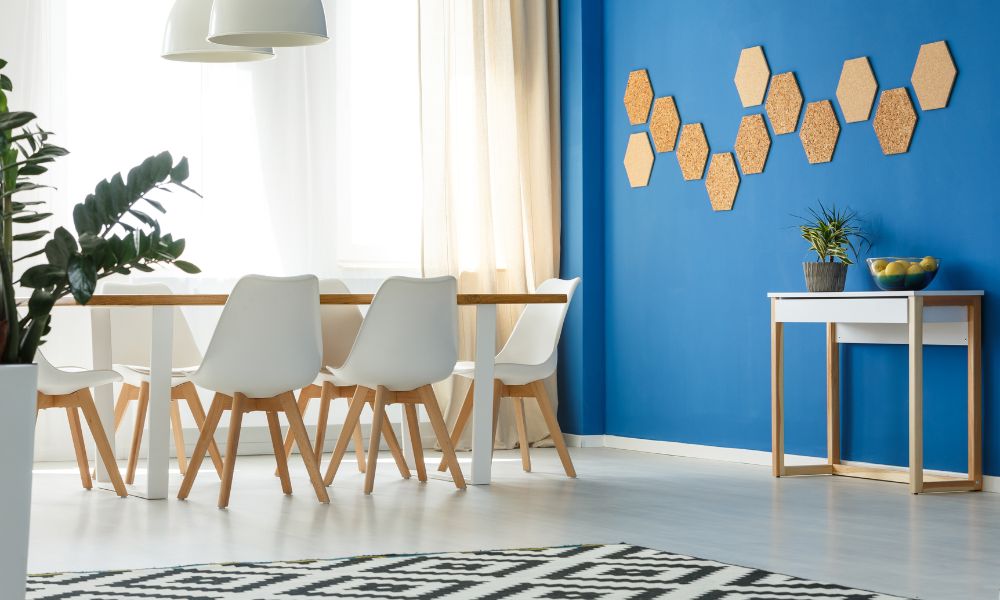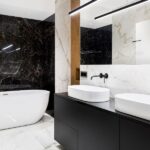When you first moved into your home, livening up those plain white walls was number one on the interior design to-do list. Bathing the living room, family room, and dining room in color brought new life into your home, but as the years have gone by, those restrained shades of pale yellow, beige, and taupe have lost their liveliness.
If you want to reintroduce some personality and color to your living space, creating an accent wall is the perfect solution. An accent wall can add texture, depth, and dimension to your home—as long as you do it right. We’ll show you how to design the perfect accent wall for your home in a way that will add beauty and value to your space.
Determine Which Wall Will Be the Accent
Your project begins with selecting the right wall. Your best choice for an accent wall is the one that is, or will be, the focal point of the room. This could be the wall behind your bed, your television, or your fireplace. The easiest way to determine which wall to use is to ask yourself where you direct your eyes even when every wall is the same color.
Pick a Bold Color
Speaking of color, the next step is selecting the right hue. Because you’re only working with one wall, this is your opportunity to select a color you might have been reluctant to use on all four sides. A burst of red, orange, or yellow could be warming and appetizing—a perfect choice to put behind the china cabinet in your dining room. For a more cerebral vibe, choose cool colors like blue or green—think the wall behind your den’s inlaid bookshelves. Whether you go warm, cool, or even neutral, select an accent color that complements the room’s other colors but still draws attention.
Consider Adding Texture
Adding texture and pattern to your accent wall can create a unique and eye-catching feature. Textured wallpaper, stone veneer, wooden paneling, or even a hand-painted mural can add depth and nuance to any room. If you prefer a bit more restraint, opt for wallpaper with a delicate pattern or stencil a subtle geometric pattern onto a painted wall.
Don’t Keep the Wall Blank
To really make this wall a focal point, it’s essential to accessorize. This takes a keen eye—remember, you want to complement, not compete with, your fireplace or TV. Consider adding a stunning piece of art, a large mirror, or a unique shelving unit to your accent wall. A collection of family photos is a great way to decorate your dining room, keeping the family around the dinner table in spirit.
Maintain a Cohesive Design
Part of knowing how to design the perfect accent wall for your home is realizing there’s a thin line between accenting and clashing. While a unique and distinct design is key, don’t forget that the wall is still part of a larger space. Make sure you maintain a cohesive design with your overall color palette, furniture choices, and decor styles. With the right approach, your accent wall can capture your personal style, enhance the look and feel of your space, and breathe new life—and value—into your home.







